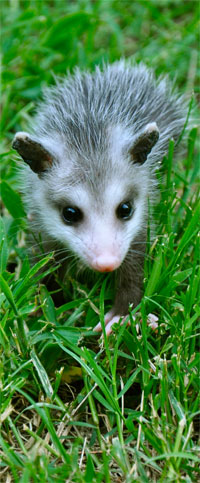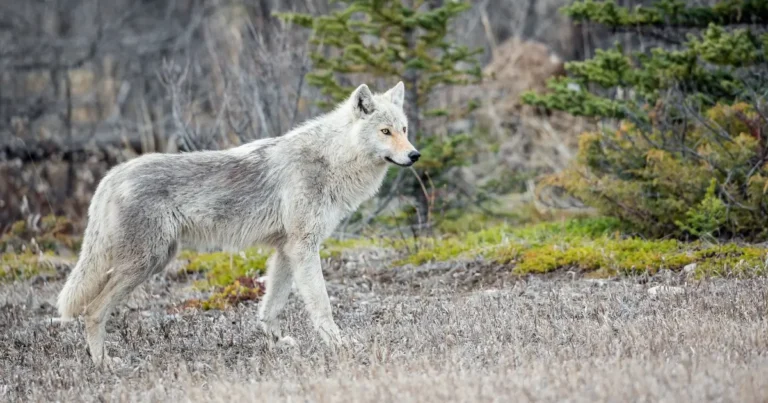The best thing you can do to prevent potential conflicts with wildlife is to remove all attractants and let wildlife stay wild.
Here are some quick tips:
1. Clean, crush and cut up all recyclables. Animals like skunks can get their heads caught in tin cans, jars and plastic dome lids.
2. Remove old wood piles, seal up cracks in your attic, clean up your yard. Small rodents like to hide in dark places and can in turn attract larger animals, including coyotes.
3. Don’t leave pet food outside. Secure your garbage and use bird seed sparingly. Never feed (directly or indirectly) a wild animal. Habituating wildlife to humans is a serious concern because if animals lose their natural fear of humans they can often become “problem” animals.
4. Turn off unnecessary lights. Lights confuse migrating birds. The spring migration period is Feb. 15 through May 31. Please turn off unnecessary lights between dusk and dawn. If inside lights are needed, please close the blinds or drapes. Ask your workplace to do this too! To take another your efforts another step further, keep your kitty under control. Supervise your cat while outside or keep them indoors. Cats can pose a threat to baby and fledgling birds who are not yet able to fly.

Wildlife companies ARE NOT GOVERNMENT LICENSED. Beware of companies and professionals who claim to offer humane wildlife removal or “pest control”.
Many of these companies may use lethal traps, poison or live-traps – only to have the animal later euthanized. Be sure that you do your research first. A good place to start is the informational video: “Put to Shame the Inhumane”
The best thing you can do if there is an animal living near your home is to leave the animal or family alone. Once the babies are old enough, they will naturally move on (and you’ll save yourself the cost of calling the extermination company too!)
Once the animals have moved on, you need to ensure that how/why the animal got there in the first place is addressed – seal up holes, cracks and other entrances and remove all attractants to prevent this situation from happening again. Learn more at Gates’ AAA Wildlife and Animal Control, a truly ethical wildlife service in Toronto, Ontario.
If you have any questions about a wild animal living near your home, please contact your local wildlife rehabilitation centre.
In Vancouver, check out: Critter Care Wildlife Society
In Toronto, check out: Toronto Wildlife Centre
Additional resources:
Solving urban coyote conflicts, Gates AAA Wildlife and Animal Control, PDF
